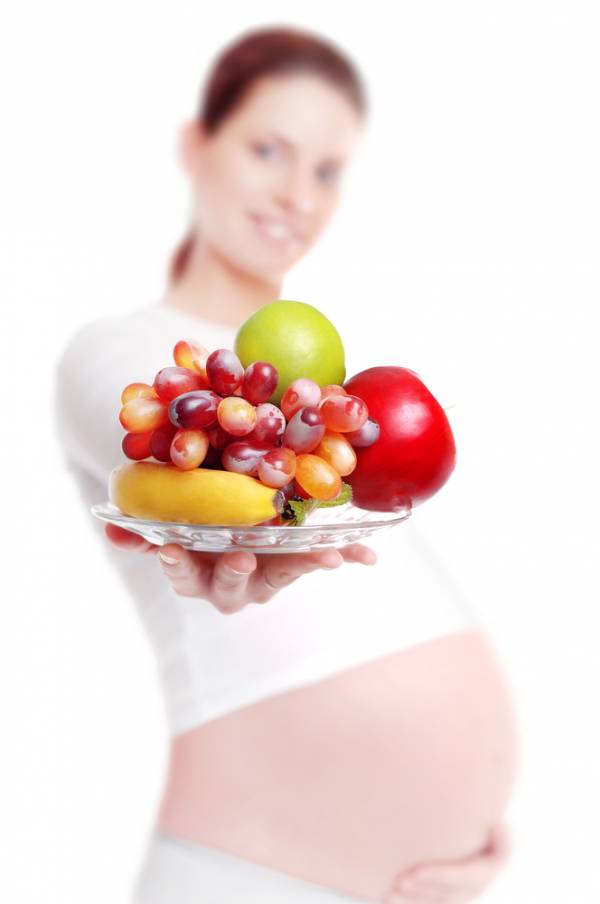My diet radically changed during my first pregnancy. Although I still had sporadic cravings for not-so-healthy foods (ice cream sandwiches were my biggest temptation), I found that on a more regular basis I wanted fruits, vegetables, and red meat, as well as a good helping of yogurt or cheese here and there. Although I had no idea what the paleo diet was at the time, I realize now my body naturally craved what are now known as “caveman” foods.
I later learned the paleo diet is not only compatible with a healthy pregnancy, but that it also provides several of the most important vitamins and minerals for pregnant women. In fact, according to John Medina’s book, Brain Rules for Baby: How to Raise a Smart and Happy Child from Zero to Five, the paleo diet, or “caveman cuisine” as he coins it, may be the best diet choice for expecting mothers. After all, he wrote, “Eating a balanced meal, with a heavy emphasis on fruits and vegetables, is probably still the best advice for pregnant women.”
If you’re not pregnant yet, following the paleo diet can help establish healthy habits for future pregnancies. If you want to get pregnant soon, it can even help increase your chances of conceiving. According to The Paleo Answer, by Loren Cordain, the paleo diet provides more B12 and folate than the typical American diet, which lowers homocysteine levels in the bloodstream. Since high homocysteine has been linked to decreased fertility, the paleo diet can therefore help boost your fertility.
If you are pregnant, you can safely continue your paleo diet. There are also some slight modifications women can enjoy during the prenatal period to reap all the benefits of good prenatal nutrition, paleo-style:
Fatty Acids
Cordain notes that “One of the most therapeutic aspects of the paleo diet for virtually all chronic Western diseases is its high omega-3 fatty acid content, particularly EPA and DHA.” Omega-3 fatty acids aren’t only therapeutic for disease; they are also some of the most critical nutrients during the prenatal period, which is why you’ll find EPA and DHA in most prenatal supplements. Fatty acids also support fetal brain and eye development and may also prevent postpartum depression.

Fatty acids also benefit baby after delivery. A 2011 study by researchers at Emory University found adequate intake of omega-3 fatty acids during pregnancy was related to lower incidence of colds and shorter duration of illnesses in babies after delivery. Great paleo foods that are high in omega-3 fatty acids include fish, nuts, and avocados. If you’re nervous about mercury content of fish, stick with safe fish like salmon, herring, and sardines.
Iron
Iron needs significantly increase during pregnancy, and the paleo diet is an excellent way to meet those requirements. The paleo diet combats iron deficiency anemia in two specific ways.
- First, it encourages consumption of red meat and other high-iron animal products. Of course, when it comes to iron, quality is just as important as quantity. Animal products aren’t only high in iron, but they also contain heme iron, which is the most easily assimilated form available.
- Second, the paleo diet restricts the intake of iron-inhibiting foods, such as dairy and grain products. As noted by Cordain, grain products are high in phytates, which block the absorption as iron as well as other nutrients, like calcium and zinc.
Gestational Diabetes
Following the paleo diet is a good way for moms who have been diagnosed with gestational diabetes to help control the condition. The paleo diet is a low glycemic-index diet plan, which means it helps keep blood sugar levels balanced and at a healthy level. By replacing high-sugar, high glycemic-index foods with healthy low glycemic-index choices, like fruits and vegetables, pregnant women can also decrease their chances of developing gestational diabetes in the first place. In one study, according to Cordain, women who followed a low glycemic-index diet were half as likely to develop gestational diabetes as those who did not.
Modifications
I will confess: I have a hard time following a rigorous paleo diet plan. I guess you could say I have a weakness for carbs and fat (good sources, of course!). Fortunately, the paleo diet is more flexible than it may seem, especially during pregnancy. As Cordain notes, “It is increasingly becoming clear that one size doesn’t necessarily fit all.”

In fact, during pregnancy, you should modify the paleo diet to avoid excessive protein intake, since pregnant women have lower tolerance for high protein diets. Excessive protein intake during pregnancy increases the risk of having a low birth-weight baby and even increases the general fetal mortality rate. For this reason, Cordain recommends pregnant women incorporate plenty of fatty foods into their diet and increase their carb intake during pregnancy.
The Bottom Line
Generally speaking, the paleo diet can and should be continued during pregnancy, with some slight modifications. Keep in mind many of the paleo diet’s benefits, like high fatty acid and iron levels, continue after labor and delivery, particularly if you breastfeed your baby. And of course, the paleo diet provides great fuel for prenatal exercise, so you can keep up both habits. Remember that, just like with exercise, you should listen to your body to determine your dietary needs during your pregnancy—within reason, of course.






